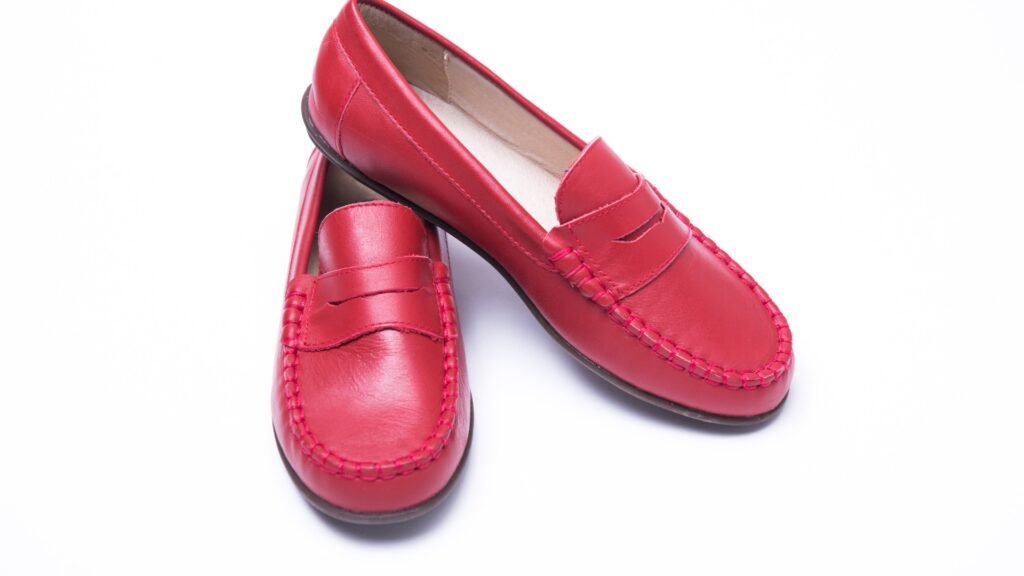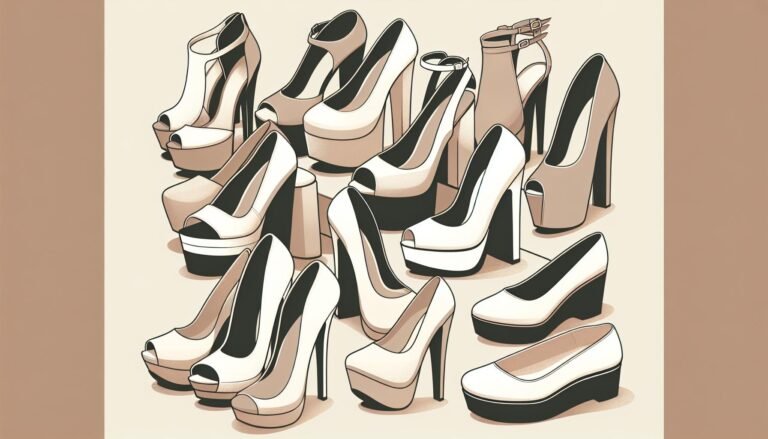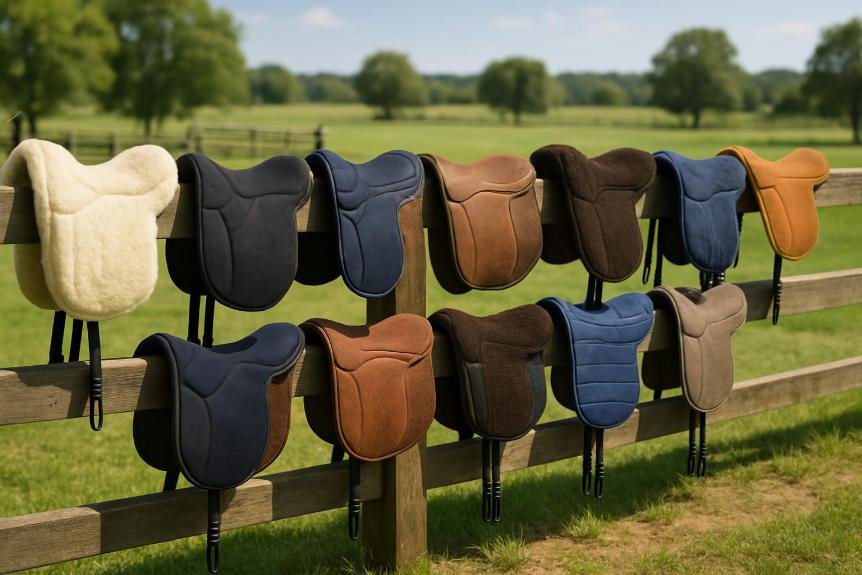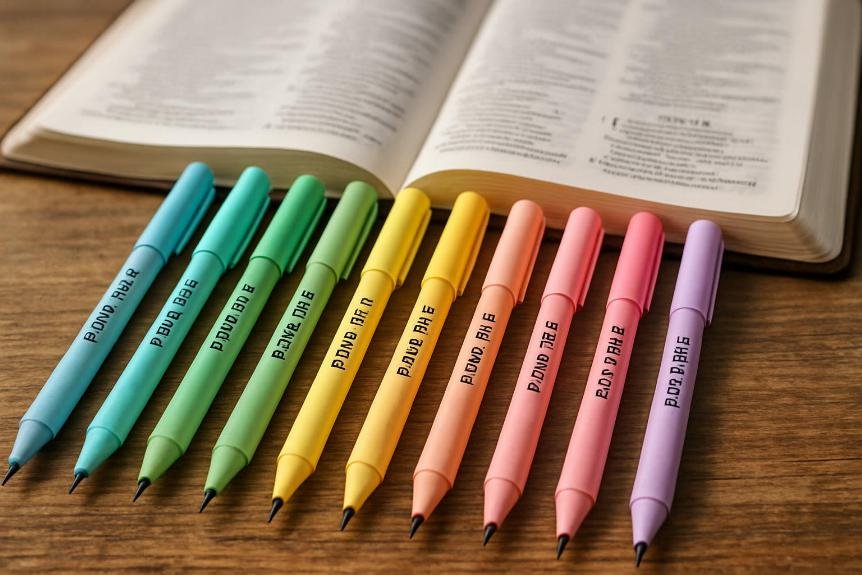What Are Moccasins: Unveiling the Classic Footwear Staple
Moccasins, traditionally made from soft leathers such as deerskin, are a distinctive type of footwear with origins deeply rooted in the history of many Indigenous peoples of North America. They are characterized by a sole fashioned from the same piece of leather that extends to the sides of the foot, often featuring additional leather paneling called the vamp. This construction method, which predates the introduction of modern footwear, provides a unique combination of comfort and simplicity, adapting well to the contours of the foot.

Over time, the moccasin has evolved from its traditional role as a practical, durable shoe suitable for the natural environment into a fashion statement, embraced by a wide audience for its blend of comfort and effortless style. Today’s moccasins come in various styles and materials, from the classic soft-soled version to more structured, hard-soled shoes that can be worn in a variety of settings.
Key Takeaways
- Moccasins are made with soft leather and a construction that prioritizes foot comfort.
- They have evolved from Native American origins to modern fashion pieces.
- Moccasins are available in various styles for diverse functions and aesthetics.
History and Origin

Moccasins are deeply rooted in the history of Indigenous peoples of North America, having been an integral part of traditional Native American clothing. They also underwent transformations as Europeans adapted them for trade and their own use.
Native American Roots
Moccasins originated as the practical and durable footwear of Native American tribes, tailored to the varied environments of North America. Each tribe crafted moccasins with designs and materials specific to their region and cultural traditions. For instance, tribes from the Great Plains often fashioned moccasins with hard soles to navigate the rough terrain, while woodland tribes preferred soft-soled moccasins for the forest floor. The craftsmanship of these shoes was pivotal to their ability to protect the feet while allowing the wearer to feel the ground, which was crucial in traditional hunting and daily activities.
European Adaptation
When European settlers arrived in North America, they quickly recognized the utility of the moccasin. Europeans not only began to trade for these Indigenous-made shoes but also adapted the design for their own purposes. The functionality and comfort of moccasins influenced European footwear styles. The term “moccasin” itself, adopted from the Algonquian language Powhatan word “makasin,” was generalized to mean any kind of Native Indian sewn footwear. As trade networks expanded, European adaptation of the moccasin led to its distribution and integration into a broader range of cultural contexts.
Design and Construction

The distinct design and construction of moccasins are rooted in the materials and techniques utilized. This footwear is characterized by its soft leather construction, often hailing from deer, elk, or moose. These specific leathers are favored for their durability and comfort.
Materials Used
Moccasins are traditionally made from the hides of animals such as deer, elk, or moose, known for producing exceptionally soft leather. The choice of material directly affects the moccasin’s comfort and aesthetic, with buckskin and sheepskin being other common options. This soft leather offers a snug fit while allowing the feet to breathe. Certain designs may incorporate fringe, beading, or embroidery to add cultural significance and aesthetic appeal. The beading could involve colorful threads or porcupine quills, while ribbon and quillwork were traditional methods for decoration.

Construction Techniques
Moccasin construction begins by cutting the leather with a knife into the desired shape and size. An awl is oftentimes employed to pierce the leather, allowing the stitching to be done more efficiently. Historically, sinew from animals was the preferred thread, due to its strong and durable properties. The seam usually runs along the top of the shoe (the vamp) or around the base to join the pieces. The construction often includes a U-shaped piece known as a tab, which is incorporated into the design at the heel or over the instep. Some moccasins also have a fringe, adding to their distinctive look. Crafters use methods of stitching that ensure the sinew does not wear through the leather, thereby extending the lifespan of the footwear. Even as modern adaptations may use contemporary materials and tools, the core construction techniques remain integral to maintaining the moccasin’s authentic appeal.
Styles and Variations

Moccasins have evolved into various styles, each serving distinct functions and aesthetics. This section explores these different forms, from the classic design to modern adaptations including loafers and driving moccasins.
From Moccasins to Loafers
Moccasins paved the way for a multitude of shoe designs, with loafers being one of the most renowned descendants. Traditional moccasin styles serve as the blueprint for loafers, which maintain the signature low, lace-less profile. The driving moc particularly stands out for its practicality, featuring a flexible sole with rubber nubs for added grip. Boat shoes also trace their lineage back to moccasins, designed specifically with non-marking soles for nautical activities.
- Loafer: A lace-less shoe that complements formal attire.
- Driving Moccasin: A casual, comfortable shoe with a grippy sole for driving.
- Boat Shoe: Features slip-resistant soles, ideal for maritime pursuits.
Loafers themselves have taken on various materials and styles, with suede loafers offering a soft, versatile look that ranges from casual slipper to refined boot.
Decorative Elements
Beyond functionality, moccasins are often adorned with various decorative elements to enhance their appeal. Fringes are a common embellishment, adding a playful movement to the shoe’s silhouette. For a more intricate and eye-catching detail, beaded moccasins exhibit skilled craftsmanship, often reflecting cultural significance and artistic expression.
List of common decorative elements in moccasins:
- Fringes: Swinging strips of leather for a bohemian edge.
- Beads: Intricate patterns and designs, often handcrafted.
The use of suede is not only a textural element but also contributes to the visual diversity of moccasins, creating a contrast between polished and rustic styles. With every addition, from tassels to embroidery, moccasins become more than mere footwear; they transform into wearable art that reflects personal style and cultural heritage.
Cultural Significance

Moccasins are deeply entrenched in the cultural fabric of American Indian heritage, reflecting a rich legacy beyond their aesthetic appeal. As both a practical item and a cultural symbol, they represent an art form passed down through generations.
Indigenous Heritage
Traditionally, moccasins are a distinctive part of Native American footwear, created for both practicality and ceremony. Crafted by skilled artists, these shoes are an exemplar of American Indian handiwork, with every pair showcasing the unique elements of the tribe it originates from. Their construction was often specific to the regional climate and resources, which influenced the styles and materials used.
Fashion and Symbolism
In contemporary settings, moccasins have traversed beyond their initial utility to become a statement of fashion and symbolism. They serve as a reminder of heritage and are worn by many as a means of connecting with Native American culture. However, the rise of their popularity in mainstream fashion has also led to discussions around cultural appropriation, highlighting the importance of respecting the origins and significance of moccasins.
Care and Styling Tips

Proper maintenance ensures moccasins remain comfortable and durable, while understanding styling can transform them from outdoor shoes to formal wear or cozy indoor slippers.
Maintenance and Durability
To prolong the life of moccasins, regular maintenance is crucial. They are often crafted from soft, flexible leather, which is prone to wear and tear if not properly cared for. Use a soft brush or cloth to remove any exterior dirt. For more thorough cleaning, a damp cloth with a mild leather cleaner is appropriate. Conditioning the leather ensures it stays soft and durable. When not in use, store moccasins in a cool, dry place, and consider using shoe trees to maintain their shape.
How to Wear Moccasins
Moccasins are versatile, blending seamlessly into a range of styles, from everyday casual to smart-casual formal events. For a laid-back look, pair them with jeans or chinos; the soft-soled variety is perfect for this. On formal occasions, opt for moccasins with rubber tabs for added durability and grip. Women may style them with dresses or skirts for an effortless ensemble. When indoors, moccasins can double as indoor slippers, providing comfort and warmth with a stylish edge. Remember, whatever the setting, ensure the moccasins complement the outfit both in color and style.
Frequently Asked Questions

This section addresses common inquiries regarding moccasins, providing a concise overview of their traditional craftsmanship, indoor and outdoor usability, material composition, cultural significance, and distinguishing features.
How are moccasins traditionally crafted?
Moccasins are traditionally hand-stitched, with a design that often includes a single piece of leather for the base and sides, sewn together at the top.
Can moccasins be worn outdoors or are they strictly indoor footwear?
They are versatile and can be worn both indoors and outdoors, with certain styles equipped with a durable sole for outside wear.
What distinguishes moccasins from other types of footwear?
Moccasins are flat-soled shoes usually made from soft leather with a low-profile design, differentiating them from other footwear through their unique construction and comfort.
What materials are typically used in the construction of moccasins?
Leather, such as deerskin or soft suede, is the primary material used to construct moccasins, providing flexibility and comfort.
How do moccasins relate to Native American culture?
Moccasins hold a significant place in Native American culture, representing traditional footwear crafted and worn by various indigenous tribes across North America.
What are the distinguishing features of a moccasin shoe?
Characteristic features of a moccasin include the soft, flexible leather construction, lack of a separate heel, and the stitching on top of the vamp.












[…] Moccasins, with their distinctive style and comfort, have long been a cherished footwear option. Crafted from materials like leather, suede, fabric, and sometimes adorned with fur, these shoes require special attention to maintain their natural appearance and longevity. Cleaning moccasins may seem daunting, but knowing the correct methods and products can ensure they stay in excellent condition. […]